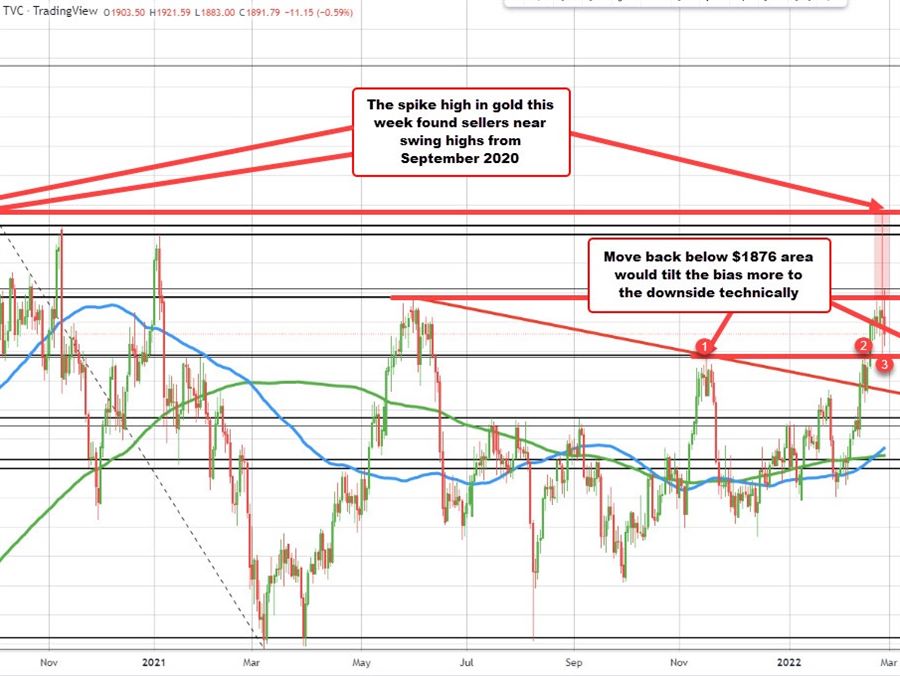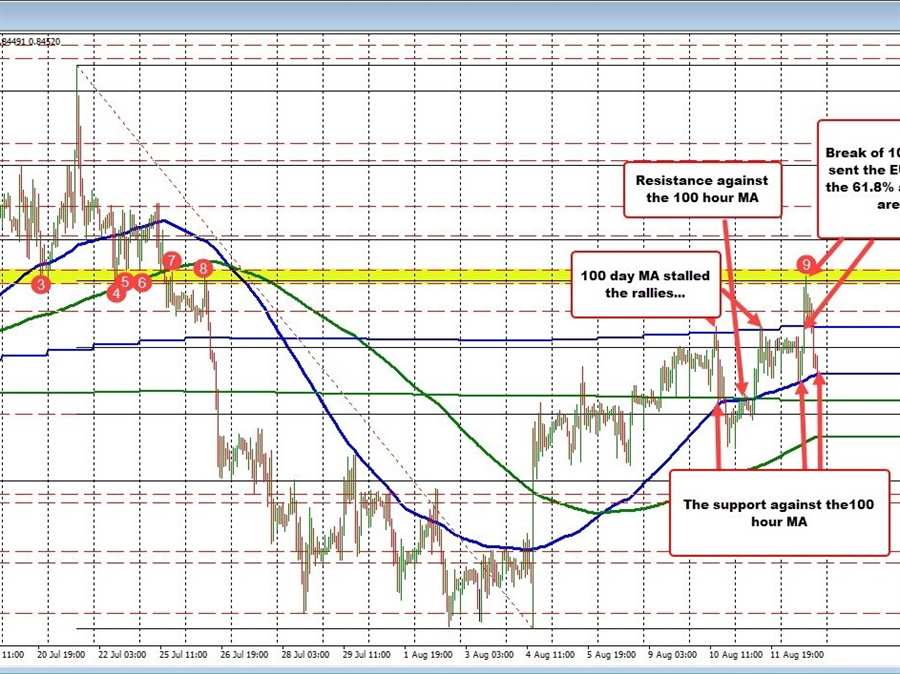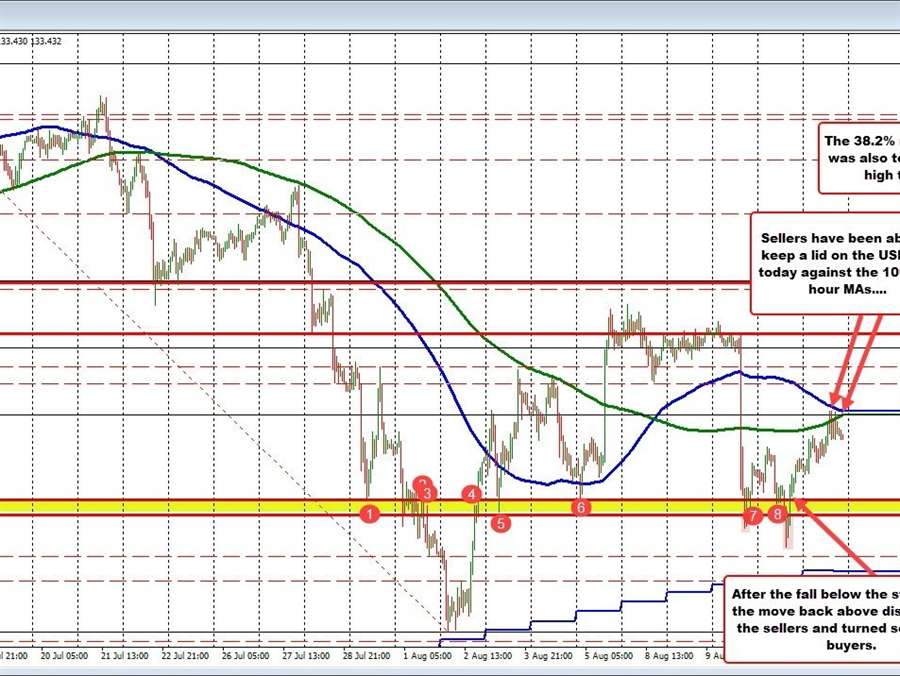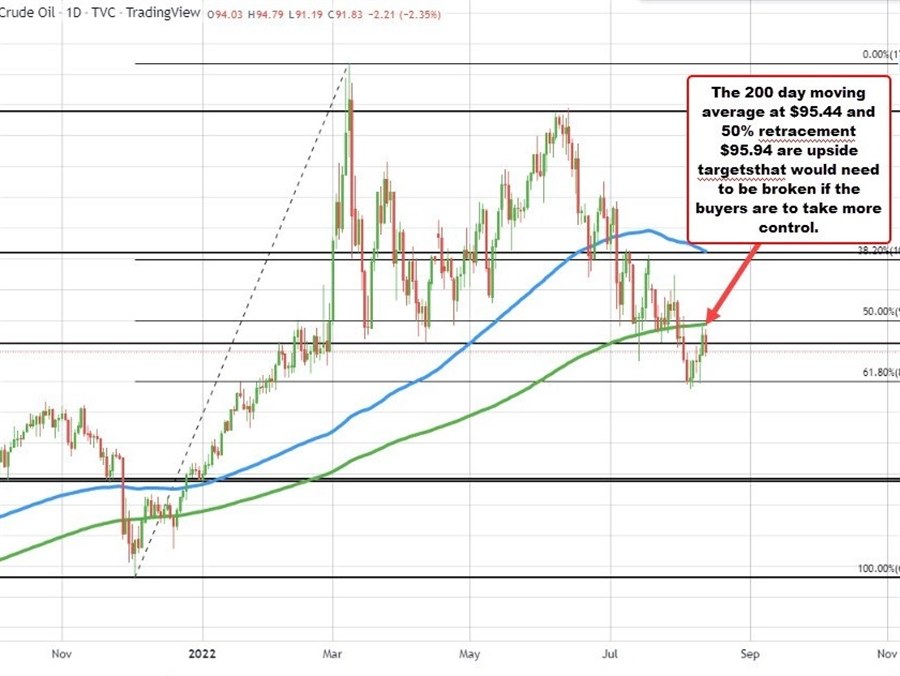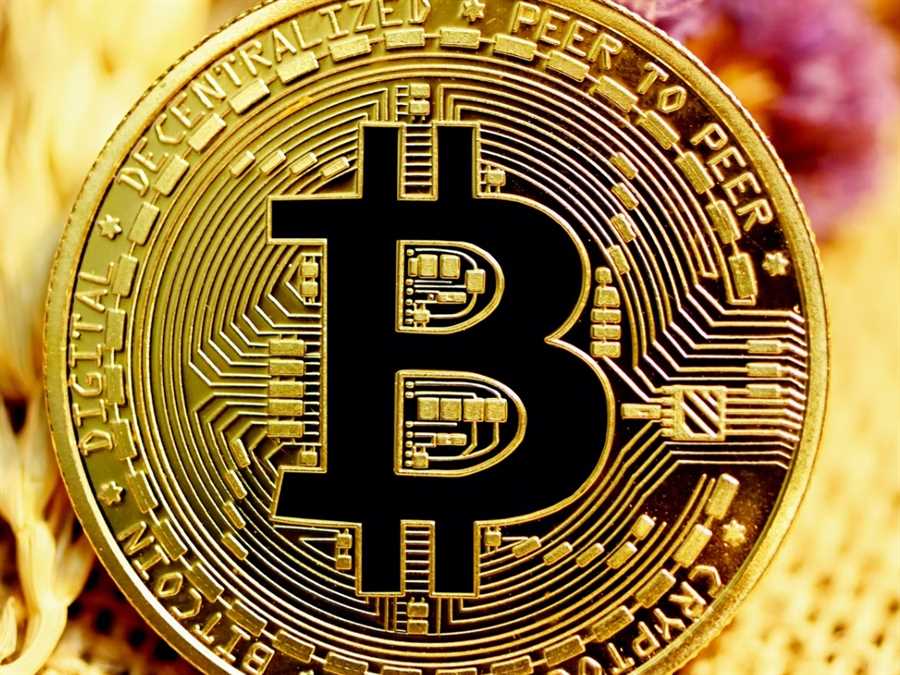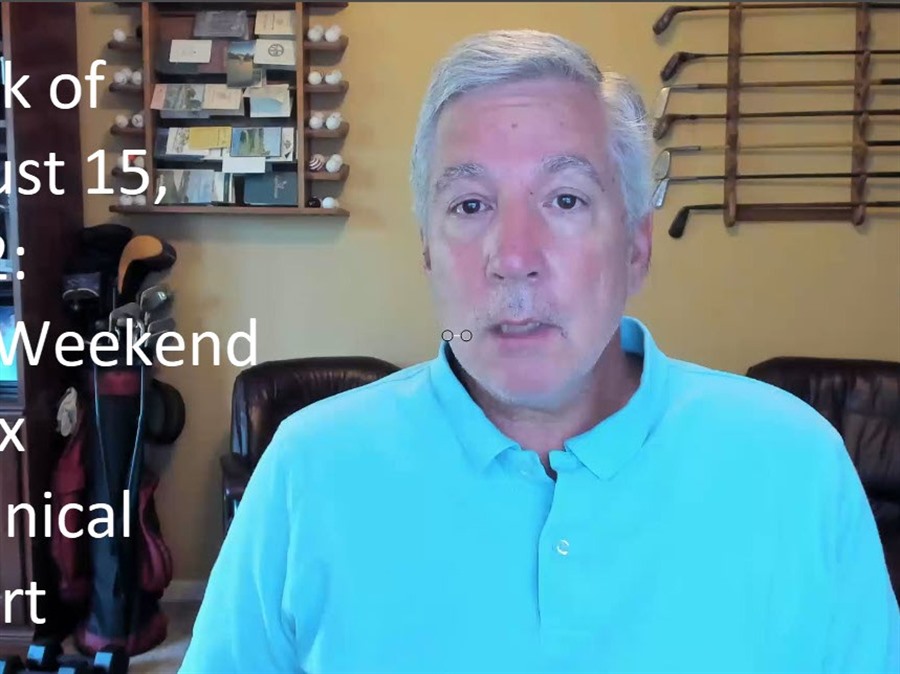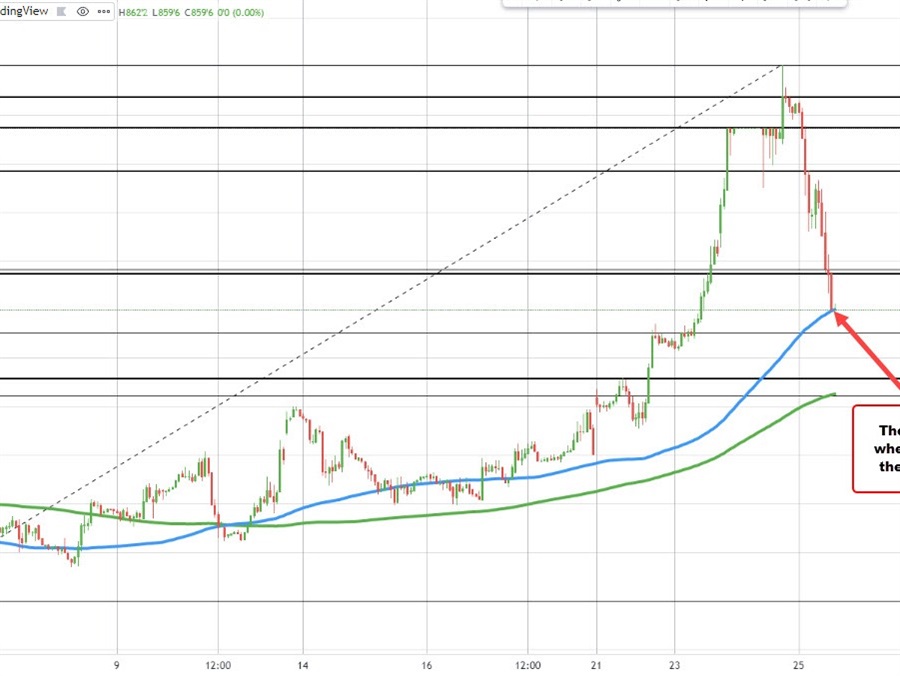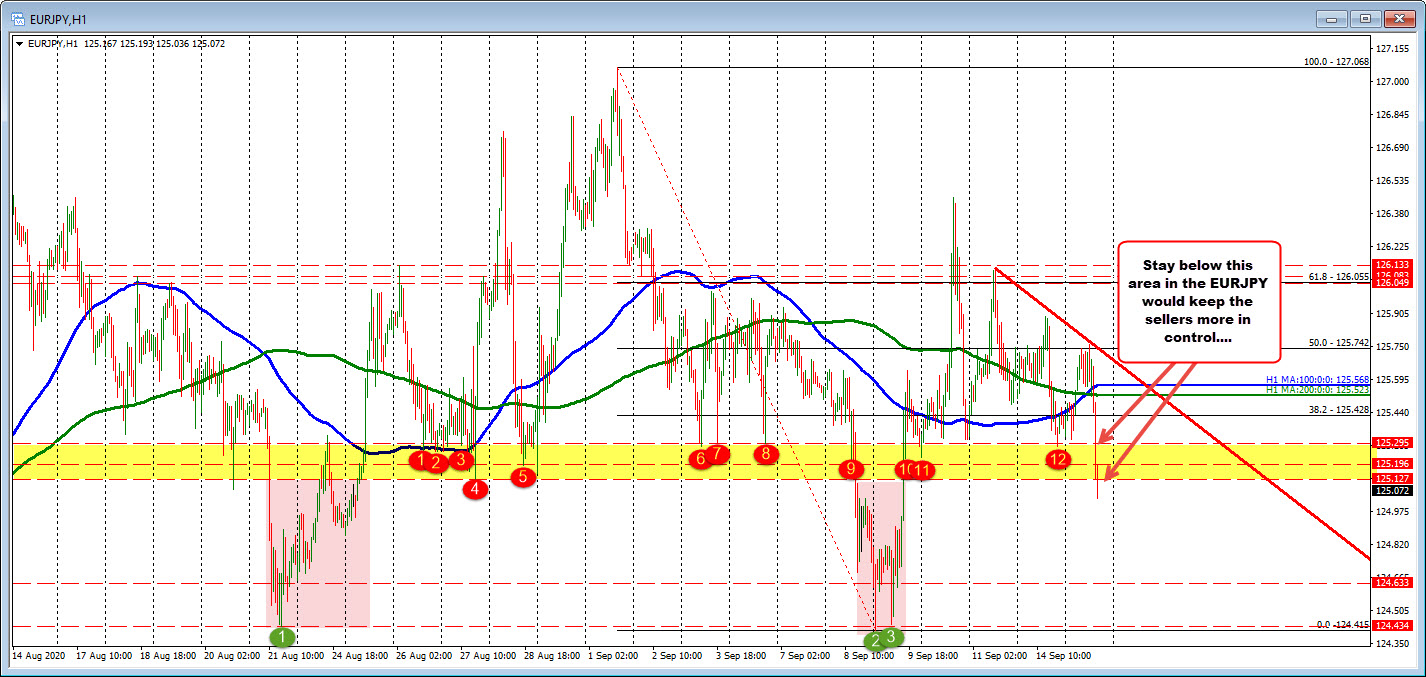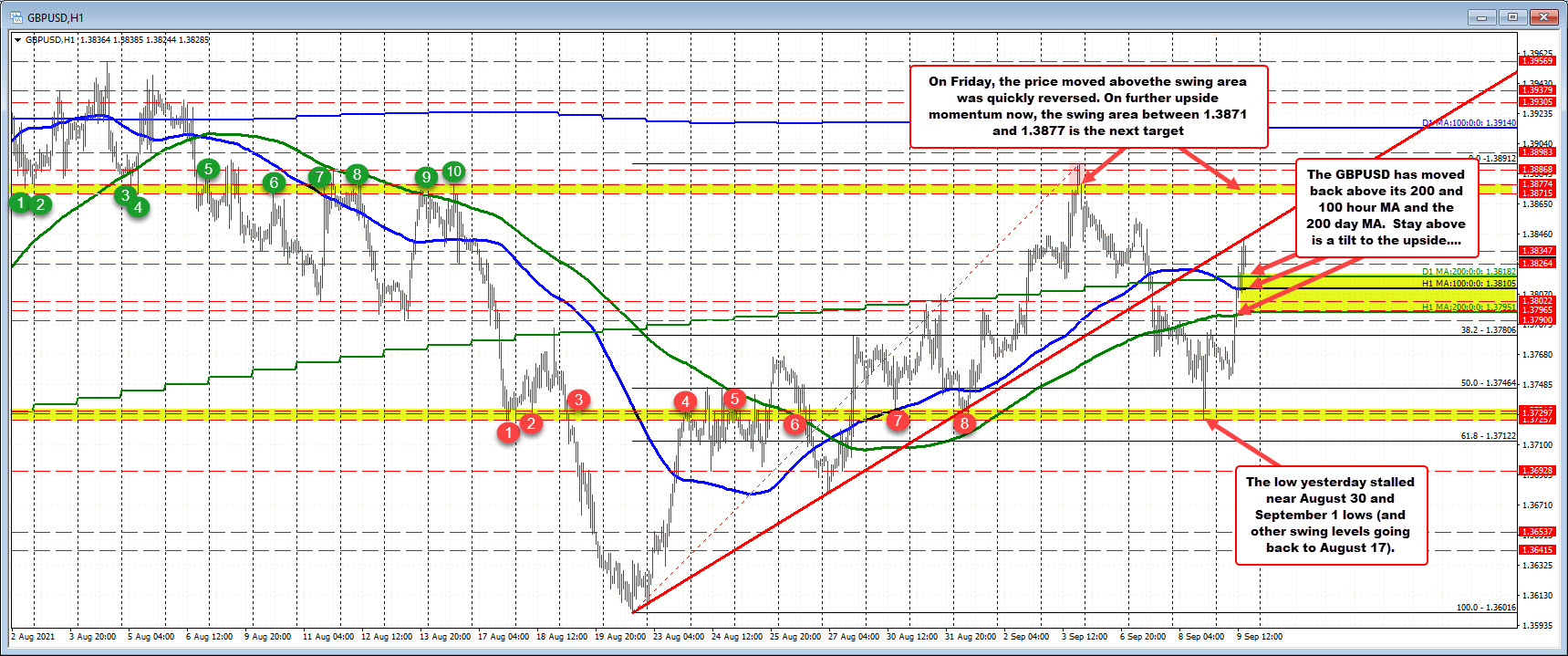
Gold
Gold
Gold is the most widely traded and important commodity. Prized for its historical importance and used for trading an exchange of goods, the gold market today is estimated at nearly $2.4 trillion.The value of gold fluctuates constantly, as it trades on public exchanges where it has a price that is determined by supply and demand. Gold has historically had tremendous significance and even today is extremely sought after. Gold has been used as a currency as it doesn’t corrode, and the material allows for some absorption of light creating a yellow glow, which lends the name yellow metal.Ultimately, institutional and retail investors buy and sell gold contracts or physical gold, thus creating the demand and supply flow.This can be pure speculation, to acquire or distribute physical gold, or as a hedge for commercial application. For day-traders, the purpose of trading gold is to profit from its daily price movements.How to Trade GoldDay-trading gold is speculating on its short-term price movements. Of note, physical gold is not actually handled or taken possession of, rather the transactions take place electronically and only profits or losses are reflected in the trading account.There are a number of ways to ultimately trade gold. Retail brokers typically offer exposure to gold through contracts-for-difference (CFDs).Beyond retail brokers, the main way to trade gold is via a futures contract. This represents an agreement to buy or sell something, i.e. gold at a future date. Buying a gold futures contract doesn’t mean you actually have to take possession of the physical commodity.Day traders close out all contracts (trades) each day and make a profit based on the difference between the price they bought the contract and the price they sold it at. However, on a futures exchange, gold moves in $0.10 increments only. This increment is known as a tick. It is the smallest movement a futures contract can make. If you buy or sell a futures contract, how many ticks the price moves away from your entry price determines your profit or loss.
Gold is the most widely traded and important commodity. Prized for its historical importance and used for trading an exchange of goods, the gold market today is estimated at nearly $2.4 trillion.The value of gold fluctuates constantly, as it trades on public exchanges where it has a price that is determined by supply and demand. Gold has historically had tremendous significance and even today is extremely sought after. Gold has been used as a currency as it doesn’t corrode, and the material allows for some absorption of light creating a yellow glow, which lends the name yellow metal.Ultimately, institutional and retail investors buy and sell gold contracts or physical gold, thus creating the demand and supply flow.This can be pure speculation, to acquire or distribute physical gold, or as a hedge for commercial application. For day-traders, the purpose of trading gold is to profit from its daily price movements.How to Trade GoldDay-trading gold is speculating on its short-term price movements. Of note, physical gold is not actually handled or taken possession of, rather the transactions take place electronically and only profits or losses are reflected in the trading account.There are a number of ways to ultimately trade gold. Retail brokers typically offer exposure to gold through contracts-for-difference (CFDs).Beyond retail brokers, the main way to trade gold is via a futures contract. This represents an agreement to buy or sell something, i.e. gold at a future date. Buying a gold futures contract doesn’t mean you actually have to take possession of the physical commodity.Day traders close out all contracts (trades) each day and make a profit based on the difference between the price they bought the contract and the price they sold it at. However, on a futures exchange, gold moves in $0.10 increments only. This increment is known as a tick. It is the smallest movement a futures contract can make. If you buy or sell a futures contract, how many ticks the price moves away from your entry price determines your profit or loss.
Read this Term, like crude oil
Crude Oil
Crude oil is the most popular tradable instrument in the energy sector, offering exposure to global market conditions, geopolitical risk, and economics. The instrument is strategically relied upon and situated in the global economy. Crude oil has proven to be a unique option for traders given volatility and the efficacy of both swing trading and longer-term strategies. Despite its popularity, crude oil is a very complex investing instrument, given the litany of fluctuations in oil prices, risk, and impact of politics stemming from OPEC. Short for the Organization of the Petroleum Exporting Countries, OPEC operates as an intergovernmental organization of 13 countries, helping set and dictate the global oil market.How to Trade Crude Oil Crude oil is most commonly traded as an exchange-traded fund (ETF) or through other instruments with exposure to it. This includes energy stocks, the USD/CAD, and other investing options. Crude oil itself is traded across a duality of markets, including the West Texas Intermediate Crude (WTI) and Brent crude. Brent is the more relied upon index in recent years, while WTI is more heavily traded across futures trading at the time of writing. Other than geopolitical events or decisions by OPEC, crude oil can move due to a variety of different ways. The most basic is through simple supply and demand, which is affected by global output. Increased industrial output, economic prosperity, and other factors all play a role in crude prices. By extension, recessions, lockdowns, or other stifling factors can also influence crude prices. For example, an oversupply or mitigated demand due to the aforementioned factors would result in lower crude prices. This is due to traders selling crude oil futures or other instruments. Should demand rise or production plateau, traders will bid increasingly on crude, whereby driving prices up.
Crude oil is the most popular tradable instrument in the energy sector, offering exposure to global market conditions, geopolitical risk, and economics. The instrument is strategically relied upon and situated in the global economy. Crude oil has proven to be a unique option for traders given volatility and the efficacy of both swing trading and longer-term strategies. Despite its popularity, crude oil is a very complex investing instrument, given the litany of fluctuations in oil prices, risk, and impact of politics stemming from OPEC. Short for the Organization of the Petroleum Exporting Countries, OPEC operates as an intergovernmental organization of 13 countries, helping set and dictate the global oil market.How to Trade Crude Oil Crude oil is most commonly traded as an exchange-traded fund (ETF) or through other instruments with exposure to it. This includes energy stocks, the USD/CAD, and other investing options. Crude oil itself is traded across a duality of markets, including the West Texas Intermediate Crude (WTI) and Brent crude. Brent is the more relied upon index in recent years, while WTI is more heavily traded across futures trading at the time of writing. Other than geopolitical events or decisions by OPEC, crude oil can move due to a variety of different ways. The most basic is through simple supply and demand, which is affected by global output. Increased industrial output, economic prosperity, and other factors all play a role in crude prices. By extension, recessions, lockdowns, or other stifling factors can also influence crude prices. For example, an oversupply or mitigated demand due to the aforementioned factors would result in lower crude prices. This is due to traders selling crude oil futures or other instruments. Should demand rise or production plateau, traders will bid increasingly on crude, whereby driving prices up.
Read this Term, is closing near unchanged/lower on the week despite mid week spikes on the back of the Russian invasion of Ukraine.
The spike high in yesterday’s trading, saw the price move up to a high of $1974.40. That took the price to the highest level since September 2020.
After trading to that high, the price settled yesterday at $1902.94.
The current price is trading at $1892.50. A week ago on Friday, the price settled at $1898.23.
Looking at the daily chart, the 50% midpoint of the range since reaching the all-time high price of $2075.14 back in August 2020 comes in at $1876.02. The low price for the week – which also was reached during yesterday’s trade – reached $1878.25. That is near the high from November 2021 at $1877.15. If the selling continues in the new trading week, getting below that percent and swing high would tilt the bias more to the downside from a technical perspective.
Like the price of crude, the price of gold is a buy the rumour, and then sell the news (with a failed break higher in between).
The question into the new week of trading will be “Does the selling continue?” or “Will support near the 50%, hold support?


